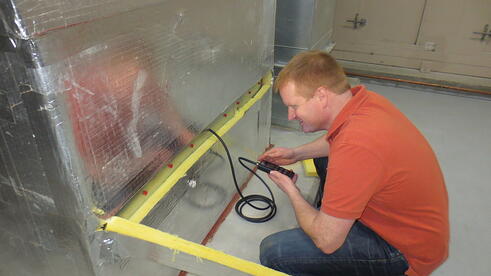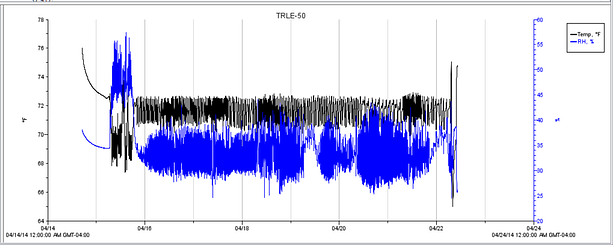I have the good fortune to work on leading commercial and industrial energy efficiency programs in three states in the Northeast. Two of these states undertake rigorous measurement and verification (M&V) to ensure they are delivering the savings they are claiming. In all three cases the states and their program administrators (PAs) are running programs that are pushing the boundaries of energy efficiency as they continue to advance savings in mature markets that have been served by energy efficiency programs for decades. My firm also works to implement energy efficiency projects for our select group of highly committed clients. We find energy efficiency opportunities in new construction projects that include leading international architectural and engineering firms, in retro-commissioning (RCx) projects and in energy efficiency upgrade projects.
Integrated M&V
The next big thing for energy efficiency is rooted in the intersection of our work – clients are becoming more interested in access to useful building energy data at their fingertips, and measurement and verification is increasingly seeking to undertake pre/post metering to provide highly accurate assessment of project savings.
Integrating measurement and verification into project delivery accomplishes several key objectives:
- Shows customers that their major investment in energy efficiency is paying off
- Provides a real time feedback loop for project developers and engineers resulting in improved savings estimates over time
- Helps PAs have confidence in their reported savings as they go into evaluation
- Builds confidence in energy efficiency as a measurable resource
- Reduces the cost and improves the accuracy of ex post (retrospective) evaluation
ERS has pioneered the integrated M&V approach with the New York State Energy Research and Development Authority (NYSERDA) in their Industrial Process Efficiency Program – measurement and verification including pre and post metering is provided by the program as part of large projects. In addition, the evaluators are tied in and have the opportunity to review project M&V plans and provide input before the metering is begun and prior to project implementation. Cx Associates works on the team with ERS and has had the opportunity to evaluate some of these projects.
Verifiable Savings
In a recent study on retro-commissioning program best practices that I led in Massachusetts we found that PG&E includes M&V planning in the scope of work for the RCx providers’ Phase 2[1] studies. PG&E also funds the M&V and claims savings based on verified results of the RCx upgrades.
When Cx Associates was working with Efficiency Vermont and the Vermont Public Service Department (PSD) on the evaluation approach for the ISO NE FCM, it was believed that Efficiency Vermont would meter their large projects and such meter data could be used for evaluation. While this approach is not consistent with M&V best practices which require independent verification of measures[2], it is based on the concept of the PA providing M&V as part of project delivery.
With the advent of increasingly affordable energy monitoring systems, I believe that the next big thing in energy efficiency will be measurement-based projects that are guided by the metered baseline and savings verified by the measured efficient case. Integrating M&V with project development and delivery enables customers to see their energy savings and understand the financial impacts of their investments, allows the PAs to understand program performance and make changes in real time and helps engineers understand the accuracy of their savings estimates.
What do you think is the next big thing in energy efficiency?
[1] Phase 2 of the RCx process is typically a detailed investigation phase
[2] M&V best practices require independent verification of meter data. While program collected meter data can be used in M&V, independent validation of the data is required.





